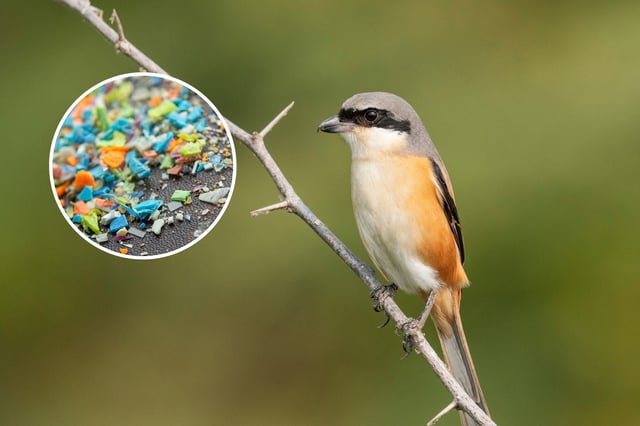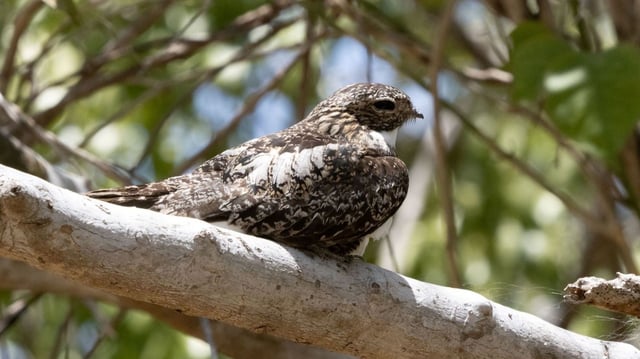Overview
- A University of Texas at Arlington-led study analyzed lung samples from 56 wild birds across 51 species near Chengdu Tianfu International Airport in China.
- Advanced chemical techniques identified an average of 416 microplastic particles per gram of lung tissue, with common types including chlorinated polyethylene and butadiene rubber.
- Birds were chosen as bioindicators due to their shared environments with humans and their global presence, offering insights into pollution's ecological spread.
- Microplastics, linked to health risks such as cancer, respiratory issues, and fertility problems, were found in both inhaled air and potentially contaminated food and water sources.
- Researchers emphasized the urgent need for action on plastic pollution, including improved waste management and further studies on its impacts on ecosystems and human health.

